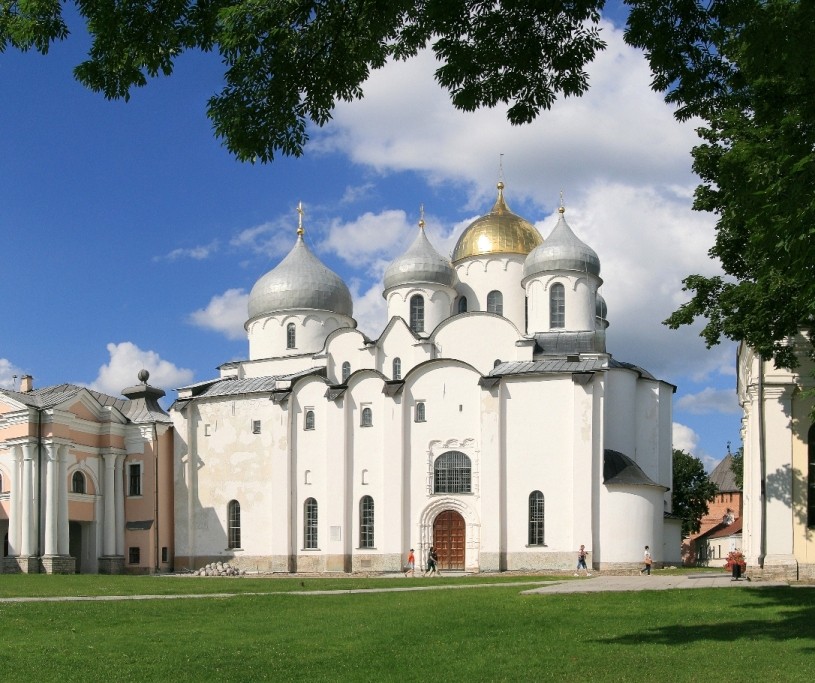
The juxtaposition of historical and architectural evidence supports the possibility of seclusion practice in the church proper. This hypothesis is valid for both the Byzantine Empire and Old Rus’. Seclusion in a church led to a higher authority and religious status of an ascetic. The structural pair of a cell and a chapel above it was introduced into a number of Middle Byzantine, mediaeval Serbian and Old Russian monuments. Idiosyncratic features of this module suggest its development for the specific needs of recluses imitating the life of a stylite.
Source: Freze A. (2019) Byzantine church as a dwelling place. Monastic seclusion practices in Byzantium and Old Rus’ in the ninth–thirteenth centuries. Zograf. Vol.43: 32-40
Source web-site: http://www.doiserbia.nb.rs/img/doi/0350-1361/2019/0350-13611943023F.pdf
Number of views: 2646